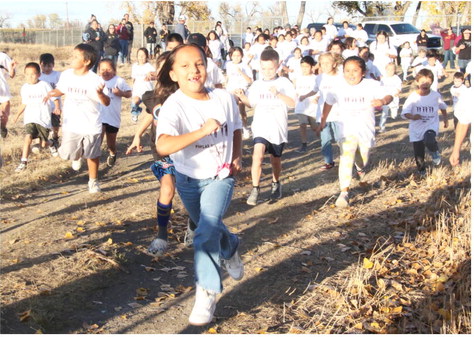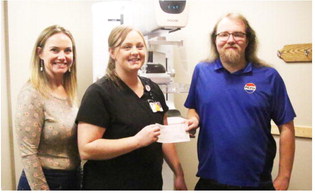from Missoula, arrived at MSU ….
from Missoula, arrived at MSU in 2016 and completed a bachelor’s degree in environmental science with a focus in geospatial and environmental analysis. He found himself drawn to remote sensing and GIS, or geographic information systems, which uses data from satellites, drones and other technology to create advanced mapping programs.
True to the many complications with their management, wheat stem sawflies spend most of their life cycle within the stem of a wheat plant, Ermatinger said. That means that seeing their damage from the outside is much more difficult than with other pests.
“Truly understanding what infestation looks like requires a lot of stem dissection,” he said. “We started exploring the use of remote sensing with satellite images and combining that with stem dissection to try and produce a map.”
Ermatinger collected data on three scales: spatial, spectral and temporal. By measuring the spectrum of light reflected by wheat fields across a large area and over time, then comparing that data with where sawfly infestation was confirmed through physical analysis of wheat stems, he built a model that could use small variations in reflected light to estimate infestation across an entire field.
“You can’t manage something that you can’t measure. Our hope is that we can use this to objectively make better estimates,” Ermatinger said. “We’re able to estimate now, to a degree of statistical significance, what the infestation rate is. It really showed us that capturing images across the life of these plants is important.”
Both Ermatinger and Strand worked on-farm with Montana agricultural producers while conducting their research, noting that those relationships helped them to gain a deeper perspective of the direct applicability of the work they were doing.
They have also both progressed to more advanced degrees than they initially planned at MSU: Strand from a master’s degree on to a doctorate, and Ermatinger from his undergraduate studies to a master’s. They credited the collaborative and supportive environment of the Department of Land Resources and Environmental Sciences for encouraging their continued exploration.
“I never saw myself as someone who’d go on to get a graduate degree. I thought that was out of reach. But MSU has been a great community,” said Ermatinger. “It’s shown me that you can explore anything you want to, it’s all about who you have around you and what you’re interested in. It’s made me understand my home state in a new way.”


